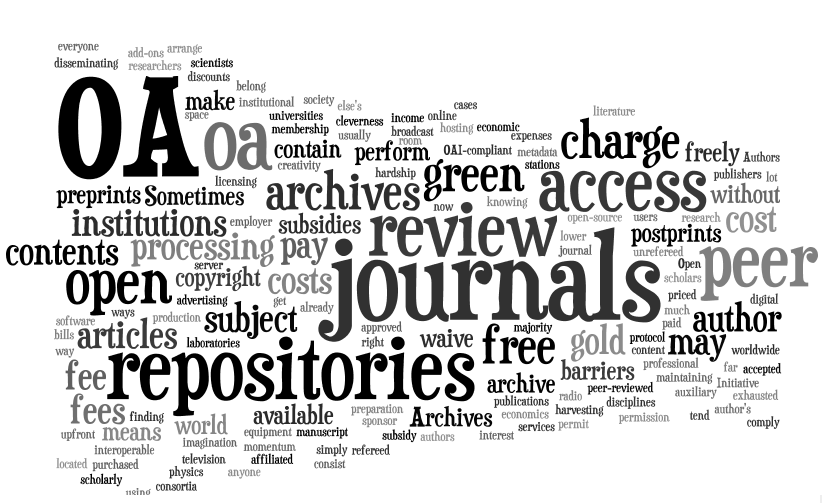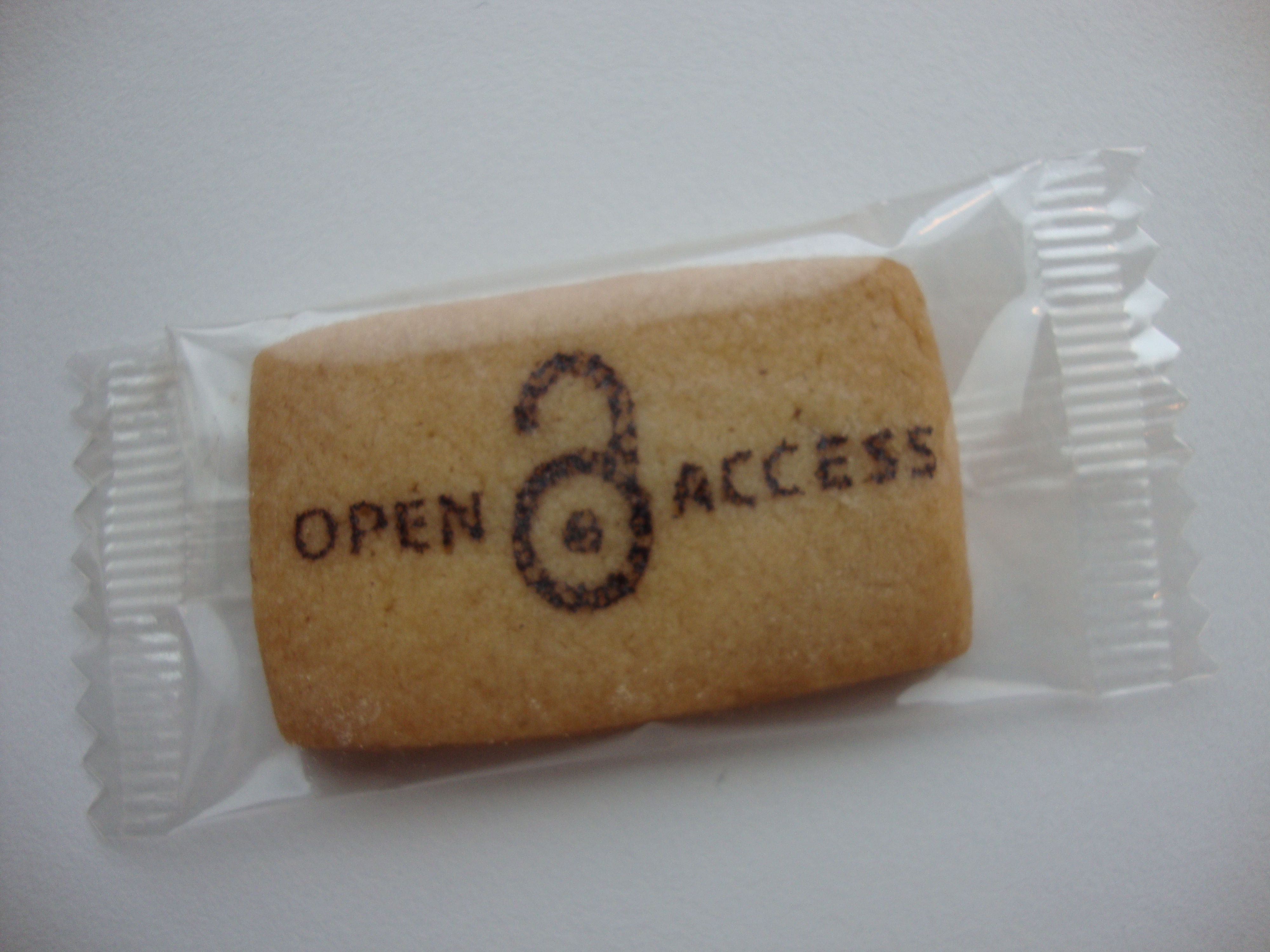[This article is authored by Tanmay Malik, a 4th year student at NALSAR University, Hyderabad. It analyses if the restrictions on paid news over search engines is violative of the fair use doctrine under the copyright law.] News is a free information of the events around us. With the rise in enmeshing and expanse…
Category: Open Access
Open Banking in India & the Need for Setting Uniform Standards in Usage of APIs
[This post has been authored by Vaibhav Parikh, Legal Counsel at ICICI Bank. Views are personal] The value of online/ mobile banking rose from INR 69.47 billion in 2016-17 to INR 21,317 billion in 2019-20. Providing data access to third-party firms by banks and other financial institutions has proved to be one of the important…
Continued Use of Section 66A of the Information Technology Act 2000
The “Existence” of a Non-Existent Law and the Broader Issues it Raises The Information Technology Act 2000 (hereinafter referred to as the “IT Act”), India’s nodal law on regulation of information technology, was significantly amended in 2008 in order to plug certain loopholes in the original Act as well as accommodate further technological development within…
TechLaw Symposium at NALSAR University of Law, Hyderabad – Press Note
[Ed Note : The following press note has been authored by Shweta Rao and Arvind Pennathur from NALSAR University of Law. Do watch this space for more details on the symposium!] On the 9th of September NALSAR University of Law’s Tech Law Forum conducted its first ever symposium with packed panels discussing a variety of…
PATENTING OF HUMAN GENES: Intellectual Property vs Access to Healthcare & Research
In the case briefs of Myriad Genetics vs Associated Molecular Pathology, amongst the several moving stories of victims of gene patents, contained the story of Abigail, a 10-year-old with a long QT syndrome, a serious heart condition that, if left untreated, could result in sudden death. A company in this case had obtained patent on two genes associated…
Rights of persons with disability and Copyright
Ed. Note.: This post, by Benjamin Vanlalvena, is a part of the NALSAR Tech Law Forum Editorial Test 2016. How are disabled persons affected by Copyright Law? The onset of the digital era has brought in an ease of access for persons with disabilities greater access to resources earlier not available not to them through…
The Curious Case of Academic Journals
One of the prominent ways of ‘decorating’ our Curriculum Vitae (CV) is lacing it up with published research papers or articles in renowned academic journals. Not just students, but also teachers, scientists and academicians prefer submitting their works to noteworthy journals of their respective academic disciplines. In cases of public-funded research, the journals get the…
Public.Resource.Org and others petition Bureau of Indian Standards for Open Access
(Image Source https://flic.kr/p/aCWXFf) Public.Resource.Org along with other civil liberties advocates in India and Abroad has filed a petition with the Bureau of Indian Standards asking it to make its standards publicly available for free online. The petition is an commendable and crucial step forward for the right to information. The supporters of the petition include Carl Malamud, the…


